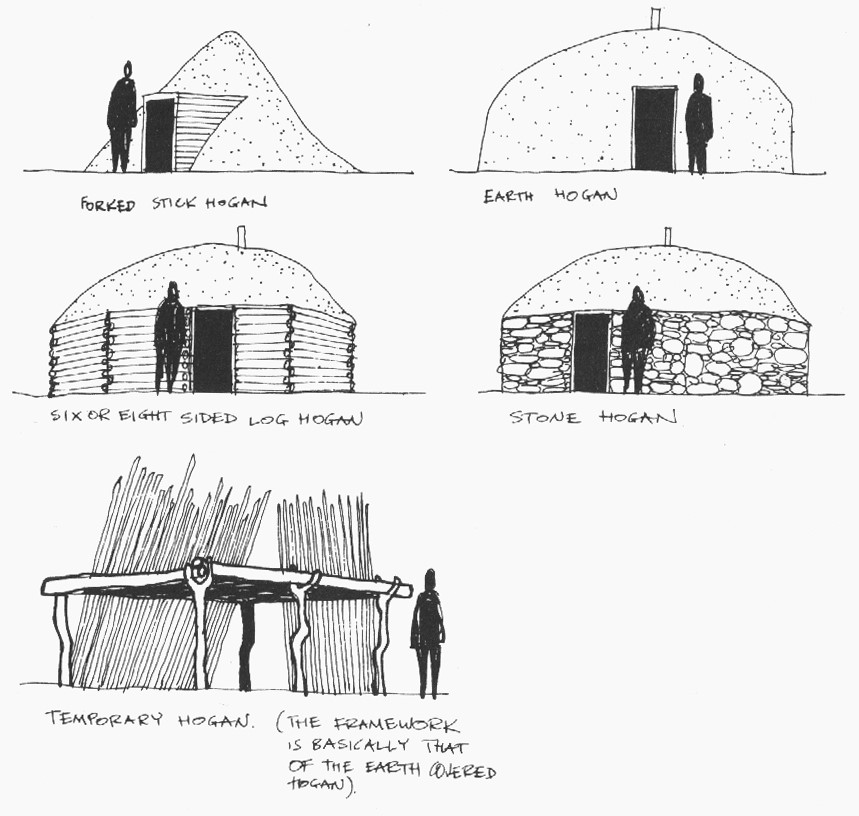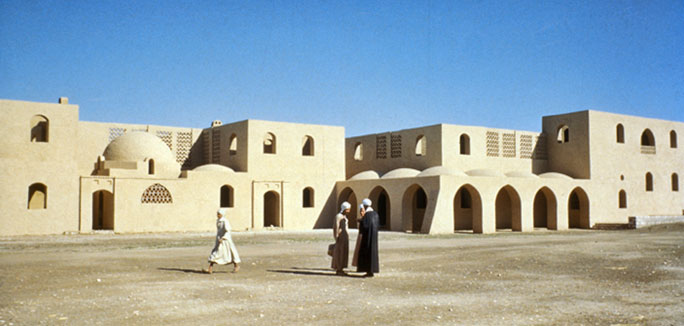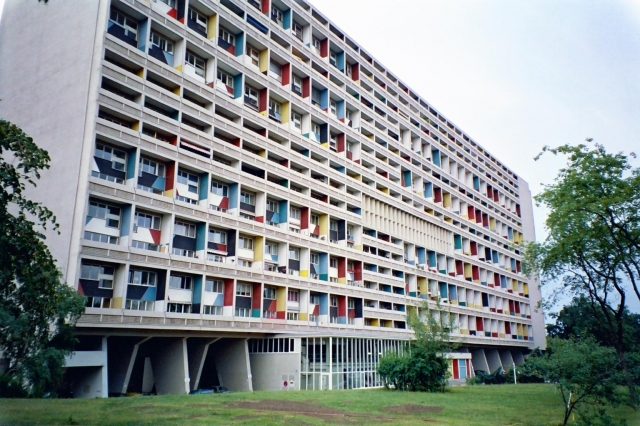
14 Mar Lessons from the past, design for the future
Its been quite a few years now since I was an idealistic architecture student with the youthful naivety that seems to spawn creative solutions for all the worlds problems. I do however find it therapeutic and self-inspiring to look back at one’s own theoretical work to remind yourself of how you felt when you were starting out, what was driving you to want so badly to qualify for this career.
My final year design studio research report was titled ‘Vernacular design and contemporary housing solutions for low-income families in the developing world’. Sexy, I know. Unfortunately the topic of ‘How to relieve the earth of all its natural resources as soon as humanly possible by building pretentious and megalomaniac glass and steel towers’ was already taken.
If we consider that the first attempts of human made shelter were primitive by today’s standards, it was the writings of the world famous modernist architect Le Corbusier which compared the primitive hut with the ruins of Pompeii or the Temple of Luxor.
“There is no such thing as primitive man; there are primitive resources. The idea is constant, in full sway from the beginning.”
What he meant was, no matter how rudimentary the materials and the method, the same spirit of human endeavor was underlying the creation of each. That is to rise above the provision for basic human shelter only and to imbue dignity, style and elegance regardless of whether a home is built for a king or for his servants.
The Primitive Hut, after Laugier

The Navajo Hogan

New Gourna by Hassan Fathy – 1945-1948. Photo UNESCO
Le Corbusier was very much inspired by the traditional building typologies that he had seen on his travels and wanted to apply these vernacular principles to his own approach to modern housing in the wake of the mass destruction from World War II. For all his altruism, Le Corbusier is also commonly blamed for the development of the high-rise apartment building which are commonly stigmatized for anti-social and criminal behaviour.

Unité d’habitation, Marseille. Le Corbusier 1947-1952
I present here if you care to read, my student design thesis. After all, its probably not going to see the light of day anywhere else so herein lies the beauty of having your own blog!
Download Thesis



Judy Henderson
Posted at 23:42h, 14 MarchMatthew, your introduction is fabulous, informative and easy to read. It also tempts the reader to move onto the whole thesis, which I will do later when I have some time. Thanks for Sharing! Judy